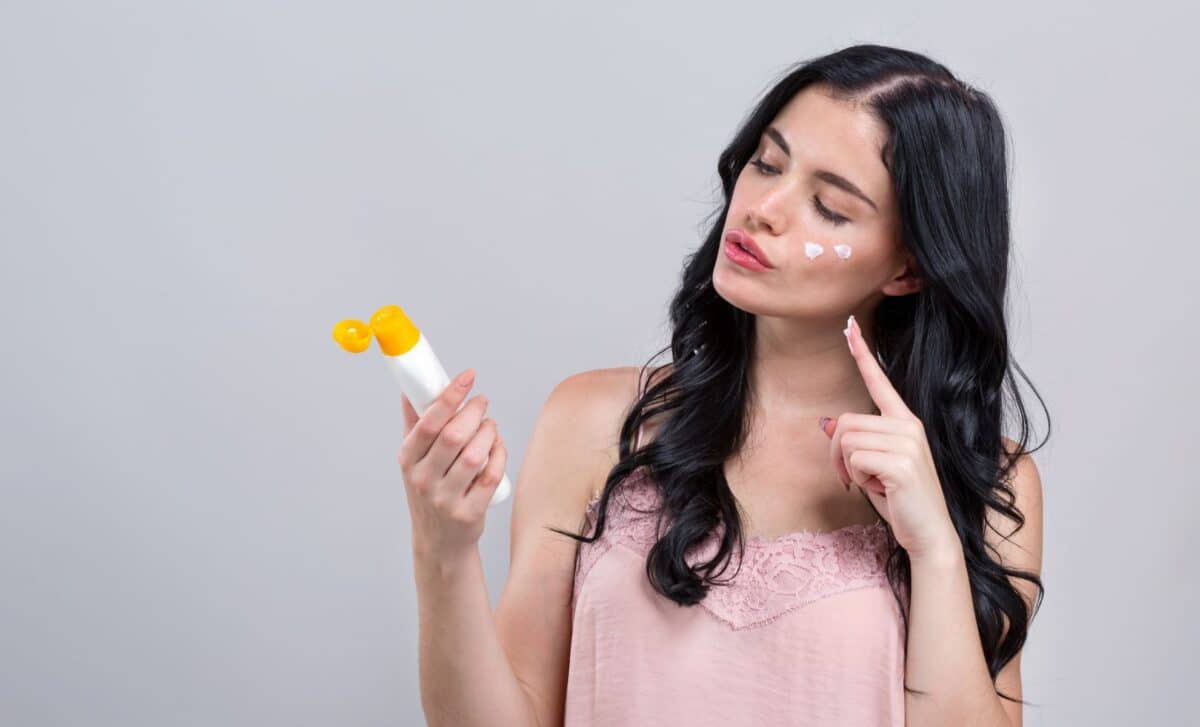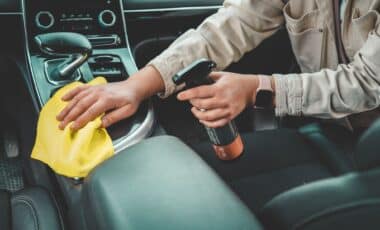Sunscreen is a summer essential, shielding us from harmful UV rays during days at the beach, barbecues, and outdoor adventures. Over time, however, the one you’ve been relying on may lose its effectiveness. Many people unknowingly use expired SPF lotion, not realizing how this impacts their skin’s protection.
The Shelf Life of Sunscreen
Sunscreen typically expires about three years after it’s manufactured, even if it’s never been opened. The FDA (Food and drug administration) mandates that they have expiration dates, which are determined through testing to ensure the product remains effective until that point. Regardless of storage conditions, such as keeping it in a cool, dark place, make it loose its potency over time.
Once the expiration date passes, it may no longer offer adequate protection from UV rays, increasing the risk of sunburn and skin damage. This holds true whether the bottle has been opened or not, making the expiration date crucial to ensure the effectiveness.
Eggs on Your Plate… or in Your Hair? The Growth Trick Nobody Talks About
Finding the Expiration Date
One of the easiest ways to check if your sun protection is still good is to look for the expiration date on the packaging. This date is typically located on the back or bottom of the bottle. The format may vary from brand to brand, but it is generally easy to read. If you cannot find the expiration date or simply can’t remember when you purchased the sunscreen, it’s safer to dispose of the product.
If you’re ever unsure about the age of your SPF lotion and there’s no visible expiration date, it’s best not to take chances with your skin’s health. Instead of hoping it still works, it’s better to invest in a fresh bottle.
What Happens If You Use Expired Sunscreen?
Using expired SPF lotion can be risky. While ingredients like mineral filters don’t degrade under UV exposure, the overall formula may no longer be effective. Krupa koestline explains, “It’s not so much that the active ingredients are not effective as UV filters past the expiration date… but the formula may no longer create a uniform film over your skin to protect it from UV rays effectively.” This means your skin becomes more vulnerable to damage, including sunburn and premature aging.
The expired one may also show visible signs of deterioration. If it starts to separate, change color, or develop a watery, clumpy, or brownish texture, it’s a clear sign that it’s no longer good to use. These changes are easy to spot, serving as a reminder to replace your sunscreen.
Proper Sunscreen Storage
Proper storage is key to extending sunscreen’s lifespan. Avoid leaving it in places like your car or bathroom counter, as heat and sunlight can degrade it. Instead, store it in a cool, dark place, and if you’re at the beach or pool, keep it in a shaded bag or cooler.
Even with good storage, it will eventually expire, so check the expiration date regularly. Sunscreen and sunblock are not the same. Sunblock blocks UV rays physically, while it reflects sunlight. Both are crucial for skin protection, so apply them generously before sun exposure.







